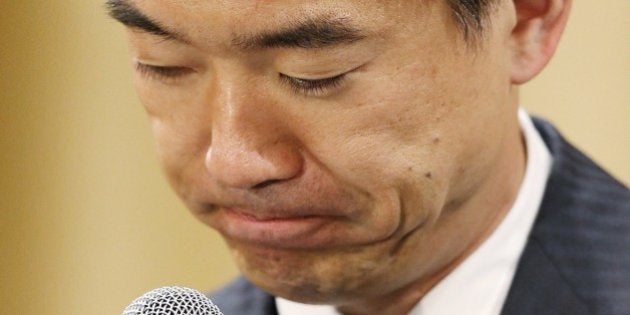
JIJI PRESS via Getty Images
5月17日に大阪府で行われた、都構想をめぐる住民投票。賛成69万4844票、反対70万5585票と僅差で反対が上回り、都構想を提案した橋下徹大阪市長は、任期限りでの政界引退を発表した。
この結果を区ごとに分類すると、北は賛成多数、南は反対多数に分かれている。
Advertisement
こうした現状を、評論家の古谷経衡さんは、大阪市内の南北格差が影響を及ぼしたと自身の「Yahoo! 個人」やTwitterに投稿している。
しかし、そうした「南北分断」とする見方に疑問を呈する意見もある。国立環境研究所研究員の五味馨さんは、いずれの区も投票結果は拮抗していたことを可視化し、南北分断が問題ではない、とTwitterに投稿している。
Advertisement
ハフィントンポスト日本版はFacebook ページでも情報発信しています。
【関連記事】
ハフィントンポスト日本版はTwitterでも情報発信しています。@HuffPostJapan をフォロー